Günter Steffen - Die Hauptstadt / The Capital, Hartmann Projects, 2022, Stuttgart
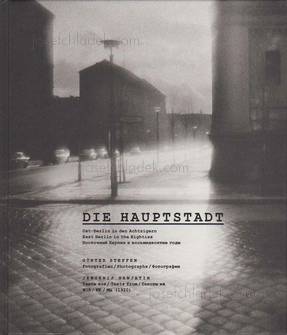
Günter Steffen Die Hauptstadt / The Capital

Günter Steffen Die Hauptstadt / The Capital

Günter Steffen Die Hauptstadt / The Capital

Sample page 1 for book "Günter Steffen – Die Hauptstadt / The Capital", josefchladek.com

Sample page 2 for book "Günter Steffen – Die Hauptstadt / The Capital", josefchladek.com
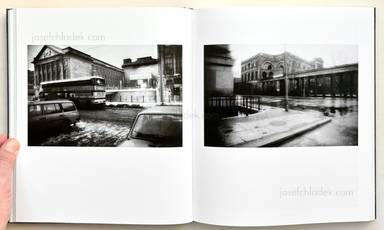
Sample page 3 for book "Günter Steffen – Die Hauptstadt / The Capital", josefchladek.com

Sample page 4 for book "Günter Steffen – Die Hauptstadt / The Capital", josefchladek.com
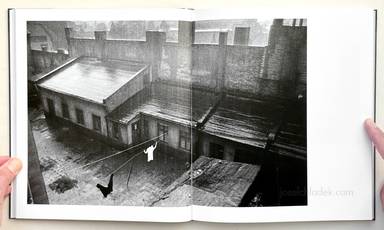
Sample page 5 for book "Günter Steffen – Die Hauptstadt / The Capital", josefchladek.com

Sample page 6 for book "Günter Steffen – Die Hauptstadt / The Capital", josefchladek.com
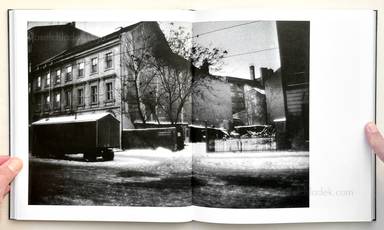
Sample page 7 for book "Günter Steffen – Die Hauptstadt / The Capital", josefchladek.com

Sample page 8 for book "Günter Steffen – Die Hauptstadt / The Capital", josefchladek.com
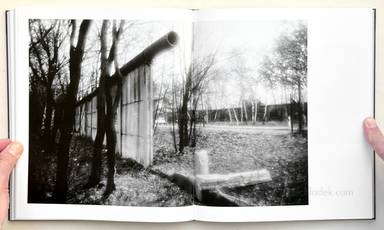
Sample page 9 for book "Günter Steffen – Die Hauptstadt / The Capital", josefchladek.com
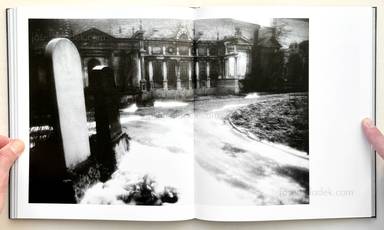
Sample page 10 for book "Günter Steffen – Die Hauptstadt / The Capital", josefchladek.com
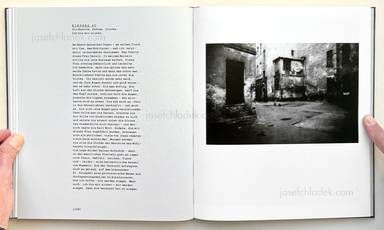
Sample page 11 for book "Günter Steffen – Die Hauptstadt / The Capital", josefchladek.com

Sample page 12 for book "Günter Steffen – Die Hauptstadt / The Capital", josefchladek.com
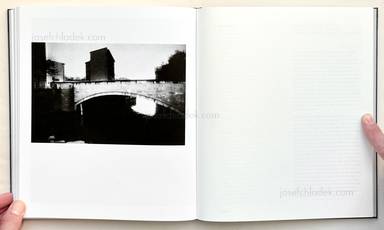
Sample page 13 for book "Günter Steffen – Die Hauptstadt / The Capital", josefchladek.com
Other books tagged Black & White (see all)









Other books tagged GDR (see all)









Other books tagged Cities (see all)









Other books tagged German (see all)









Other books tagged Berlin (see all)









Other books by Hartmann Projects (see all)




Books to shop at anzenbergergallery-bookshop.com
Hardcover, edited by Günter Jeschonnek, texts by Jewgenij Samjatin, afterword by Günter Jeschonnek. Texts in German/English/Russian, translation of Jewgenij Samjatin into German by Sergej Gladkich, design by Andreas Koch, Berlin.
Following the spirit of French director Robert Bresson’s maxim “Make visible what, without you, might perhaps never have been seen” between 1984 and 1989 photographer Günter Steffen produced an impressive cycle of work dealing with East Berlin’s Mitte district where he lived and worked. Predominantly in the early morning hours he traversed seemingly untouched and empty streets, squares, backyards, ruins, and locations along the monstrous Berlin Wall. He captured ghostly sceneries with his 35mm camera in grainy and contrasty black-and-white photographs. For him, the resulting images are testimonies of predominant feelings at the time. Helplessness, inner strife, and anger resulted in an end-times mood, which frequently was caused by the loss of friends who had left for the West. The feelings of doom in Steffen’s photographs are contrasted with selected text fragments from the dystopian Soviet novel WE, written by Yevgeny Zamyatin (*1884 Lebedyan, † 1937 Paris) in 1920. This politically explosive precursor to other famous dystopian novels is a nightmarish description of a totalitarian surveillance state. First published abroad by exiles in 1924, the novel had been banned throughout the Eastern Bloc and was allowed to be released in the Soviet Union only in 1988 under the reign of Mikhail Gorbachev.
https://hartmann-books.com/en/produkt/guenter-steffen-the-capital/
Pages: 160
Place: Stuttgart
Year: 2022
Publisher: Hartmann Projects
Size: 24 x 28 cm (approx.)




















